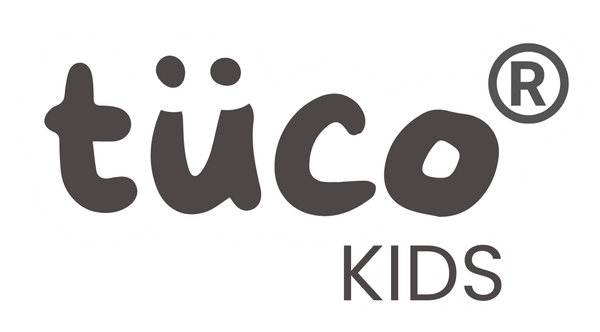
Face Razor for Girls: Safe Hair Removal Tips and Skincare for Beginners
A face razor can be a simple and painless tool for girls who want to remove light facial hair at home. It helps smoothen peach fuzz, supports even skincare application and boosts confidence for special events. But growing skin needs extra care, so choosing the right razor and kids-friendly skincare routine is important before starting face shaving for the first time.
What Kind of Face Razor Should Girls Use
Girls should always use a plastic, single-blade safety face razor designed for delicate facial hair. These are typically use-and-throw razors and are much gentler than adult razors made for thicker hair.
Look for features like
• A protective safety guard over the blade
• Soft easy-grip handle with better control
• Label stating “for women” or “for sensitive skin”
Avoid sharp multi-blade adult razors because they can cause cuts or irritation on a child’s thinner skin.
What Age Is Right to Start Using a Face Razor
Every girl develops differently. Here is a helpful guideline for parents:
• Below 10 years: Not recommended unless medically advised
• 11 to 13 years: Only if the child expresses discomfort about visible hair
• 13 and above: Safe to try with parental guidance and proper skincare
The priority should always be comfort over pressure. A girl should shave only if she decides she wants to, not because someone comments on her hair.
Hair Positivity Matters
Peach fuzz is natural. It protects the skin and is a healthy part of growth. Parents should promote hair positivity by reminding girls that hair removal is a choice, not a requirement. Grooming should support self-confidence, not reduce it.
Step by Step: How to Use a Face Razor Safely
-
Cleanse gently
Start with a kids-friendly mild cleanser to remove dirt and oils.
-
Apply a moisturizing layer
A light soothing gel for kids or a gentle kids moisturizer helps the razor glide smoothly and prevents friction.
-
Shave in short downward strokes
Hold the skin slightly tight and move the razor slowly in the direction of hair growth. Avoid going over the same spot repeatedly.
-
Rinse and pat dry
Use water or a soft damp cloth to remove hair and product.
-
Moisturize again
Finish with a kids moisturizer for sensitive skin to protect the skin barrier and avoid dryness. Skincare designed for children is safer than adult lotions that may contain strong perfume or actives.
Do’s and Don’ts for Beginners
Do’s
• Use a clean, fresh razor each time
• Shave only on moisturized skin
• Ask a parent to supervise initially
• Use skincare made for kids after shaving
Don’ts
• Do not dry shave
• Do not use adult razors
• Do not shave over acne or cuts
• Do not apply harsh scrubs, toners or alcohol-based products afterward
• Do not share razors with anyone
These tips help protect delicate skin and avoid irritation.
How Often Should Girls Shave
Most girls may shave only once every 3 to 4 weeks or before special occasions. There is no rule. Let comfort guide the timing, not habit or comparison.
When Should Girls Avoid a Face Razor
Avoid shaving if the child has
• Active acne
• Sensitive or eczema-prone skin
• Any rash or skin infection
In such cases, check with a dermatologist for safer grooming options.
Gentle Skincare Matters More Than the Razor
After shaving, the skin becomes more vulnerable. Using dermatologically tested skincare products made for children helps maintain softness and prevents irritation. Parents should choose
• Kids moisturizers with gentle hydrating ingredients
• Kids soothing gels that calm redness after shaving
• Toxin-free and fragrance-free skincare suited for young skin
Tuco Kids skincare routines encourage confident grooming without harming the developing skin barrier.
Helping Girls Build Confidence
A face razor is simply a grooming tool. It does not define beauty. Supporting girls with the right information and gentle product choices helps them feel comfortable in their own skin. Hair removal should always be about personal choice, care and confidence.

